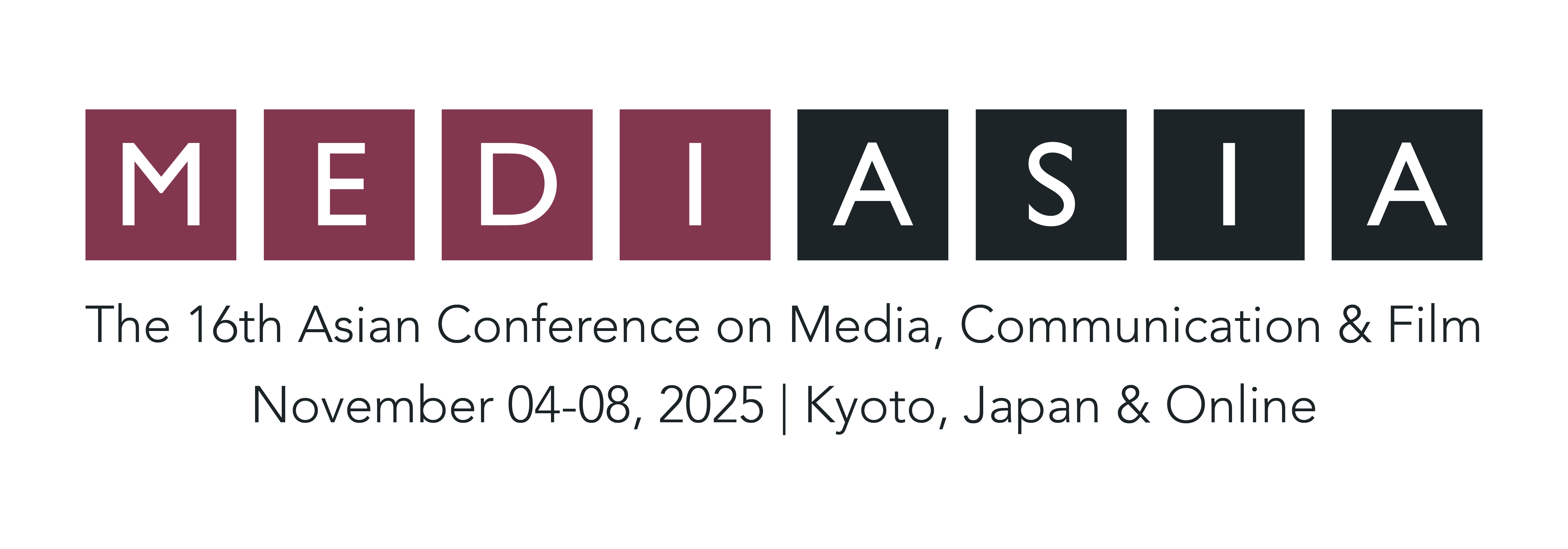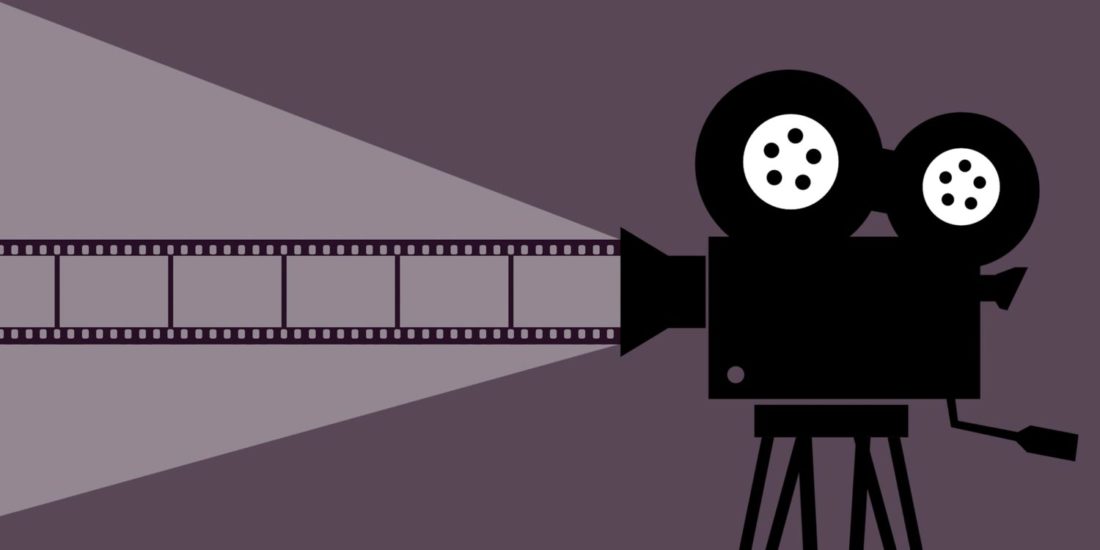In the Australian Higher Education (HE) context moral panics about dropping standards or the undue influence of foreign countries can make any discussion of International education fraught and highly contentious. Most institutional responses to the challenges of global education end up reinforcing highly suspect models of deficit educational ‘dependence’. To counter deficit discourse, film and animation feature strongly in the Teaching International Students (TIS) project. Academics work with digital media students as ‘students as Partners’ in Professional Experience Projects (PEP) to create storyboards and animations. Students’ receive academic credit, experience real-world Australian business contexts and anticipate their future creative careers by working alongside mentors, business and organisations. This ‘Ecology of Practice’ (Snepvangers & Rourke, 2017), situates shifts in student learning by documenting transfer of media and communication skills to a wider audience. Students move from an individual media practice to a public facing pedagogy by producing ‘visual learning artefacts’. Their creative and adaptive agency is valued, alongside communicative capacities that appreciate diverse cultural perspective. Underpinned by Kruger’s iceberg theoretical model (1996; 2013), students’ narrative animations explore contested themes ‘below the waterline’. Design of ‘counter-dependent’ film and media artefacts act as ‘catalysts for conversation’ in teaching environments to empower learning with International students. By prioritising visual media ecologies, TIS counters regionalism utilising synergistic community-based approaches to develop ‘independent’ educator case-based knowledge to enhance student professional learning. In this ‘interdependent’ emergent ecosystem, students and educators work iteratively developing reciprocal relationships to make shifts in practice visible, whilst simultaneously documenting educator career development.
(co-authored with Kim Snepvangers)

